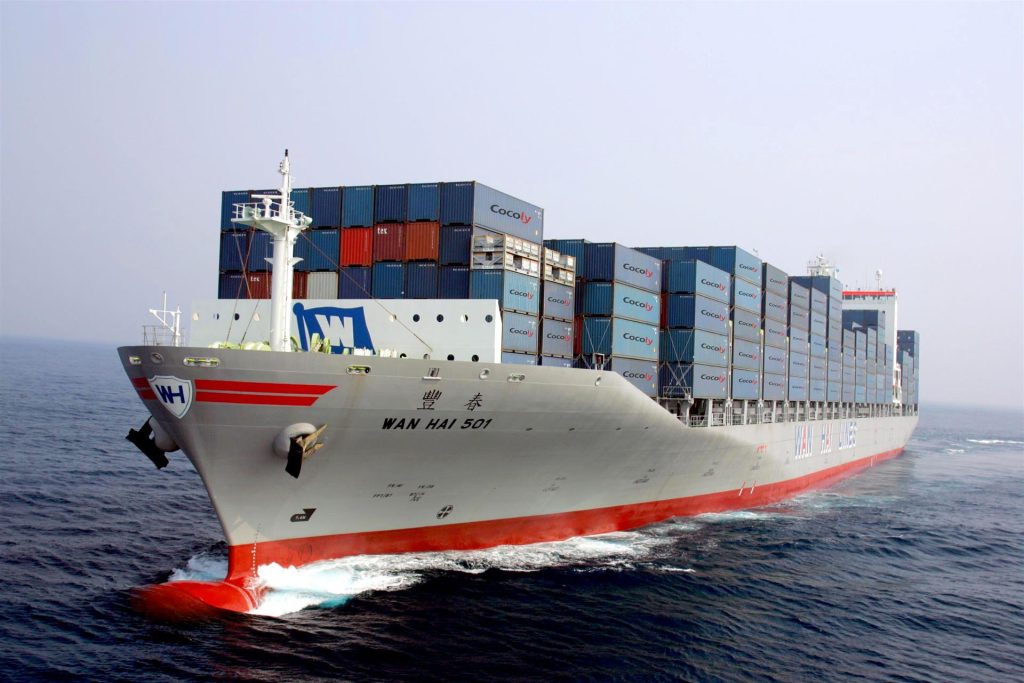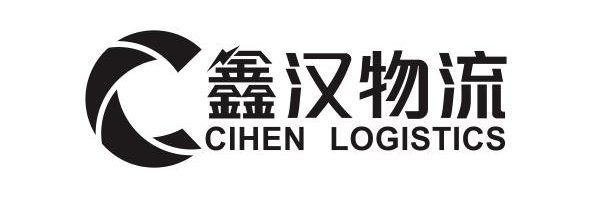
Shipping goods from China to Chile requires navigating a blend of strategic maritime routes, customs compliance, and regional trade dynamics. As Chile’s economy thrives on global trade—particularly in sectors like mining, agriculture, and manufacturing—partnering with a specialized freight forwarder ensures efficient, compliant, and cost-effective supply chain solutions. This guide unpacks key considerations, from shipping methods and customs requirements to cost-saving strategies and risk mitigation.
- Shipping Methods: Ocean, Air, and Multimodal Options
Chile’s geographic profile, with its long coastline and mountainous interior, shapes its logistics landscape:
- Ocean Freight:
The primary mode for 95% of imports, ocean routes typically transit via the Panama Canal to Valparaíso (Santiago’s primary port) or San Antonio (a secondary hub). Transit times range from 25–40 days for full container load (FCL) or less-than-container load (LCL) shipments. Valparaíso handles bulk cargo, while San Antonio offers faster service for smaller shipments. - Air Freight:
Ideal for high-value or time-sensitive goods (e.g., electronics, pharmaceuticals), air routes connect Chinese hubs like Shanghai to Santiago’s Arturo Merino Benítez Airport (SCL). Transit times average 5–8 days, but costs are significantly higher than ocean freight. - Multimodal Transport:
Combines ocean freight with road or rail. Cargo arriving at Valparaíso can move inland via Chile’s Highway 68 to Santiago or the Andean foothills. The Transandine Railway (Chile-Argentina) offers niche cross-border options but is less common.
Pro Tip: Schedule shipments to avoid Valparaíso’s peak congestion (December–March) or opt for air freight for urgent needs.
- Customs Compliance and Documentation
Chile’s customs authority, SII (Servicio de Impuestos Internos), enforces strict regulations under the Pacific Alliance framework. Essential documents include:
- Commercial Invoice: Detailed item descriptions, value, and harmonized system (HS) codes.
- Bill of Lading (B/L): Specifies cargo details and consignee information.
- Certificate of Origin: Confirms manufacturing country; benefits from China-Chile FTA tariffs if compliant.
- Phytosanitary Certificate: Required for agricultural or timber products.
Chile’s average import tariffs are low (0–10%) due to FTAs, but non-tariff measures apply to regulated items like electronics (SII certifications) or chemicals. A freight forwarder ensures SII e-filing accuracy and manages duty payments to avoid delays.
- Challenges and Solutions for Chile Shipments
A. Port Congestion and Infrastructure
Valparaíso handles 50% of Chile’s imports but faces seasonal bottlenecks during harvests (March–June). Mitigate risks by:
- Using San Antonio Port for faster clearance.
- Partnering with forwarders who utilize bonded warehouses near ports. B. Inland Transportation Complexity
Moving cargo from Valparaíso to Santiago (100 km) requires reliable trucking partners familiar with Highway 68’s mountainous stretches. Delays can occur in winter due to snow on the Andes passes. C. Currency Fluctuations
Chile’s currency (CLP) is volatile. Use USD-based contracts or letters of credit to stabilize costs.
- Key Services Offered by Freight Forwarders
A trusted forwarder provides tailored solutions for Chile-bound shipments:
- Customs Brokerage: Manages SII registrations, tariff classification, and duty optimization using FTA benefits.
- Door-to-Door Logistics: Coordinates port pickup, inland trucking, and last-mile delivery to Santiago or regional cities like Valdivia.
- Track-and-Trace Systems: Monitors shipments via SII updates and GPS integration.
- Risk Mitigation: Offers cargo insurance and contingency plans for port strikes or weather disruptions.
- Cost Considerations
Shipping costs vary by cargo type, route, and services:
- Freight Forwarding Fees: Typically 5–12% of total shipment value.
- Ocean Freight Charges: Include terminal fees (THC) and fuel surcharges.
- Duties and Taxes: Average 10–15% of CIF (Cost, Insurance, Freight) value, influenced by HS codes.
- Inland Transportation: Costs range from $1,000–$3,000 for trucking from Valparaíso to Santiago.
Request a detailed quote to compare options and avoid hidden fees.
- Frequently Asked Questions
Q: How do I expedite customs clearance in Chile?
A: Pre-register products with SII, use AEO (Authorized Economic Operator) status, and ensure accurate HS code classification.
Q: What’s the best port for importing goods to central Chile?
A: Valparaíso is ideal for bulk shipments, while San Antonio offers faster service for smaller loads.
Q: Are there restrictions on used machinery imports?
A: Yes, used equipment often requires SII inspections and certifications. Confirm eligibility with your forwarder.
Conclusion
Shipping from China to Chile demands expertise in Pacific Alliance compliance, port logistics, and customs procedures. By partnering with a freight forwarder, businesses gain access to streamlined clearance, cost-efficient routing, and risk management strategies. Whether importing industrial components or consumer goods, professional logistics support ensures timely, compliant deliveries to Chile’s growing markets.
Optimize Your China-Chile Supply Chain
Focus on your core operations while experts handle the intricacies of cross-border shipping—from SII filings to last-mile delivery. A trusted freight forwarder bridges the gap between global trade and South American compliance.
